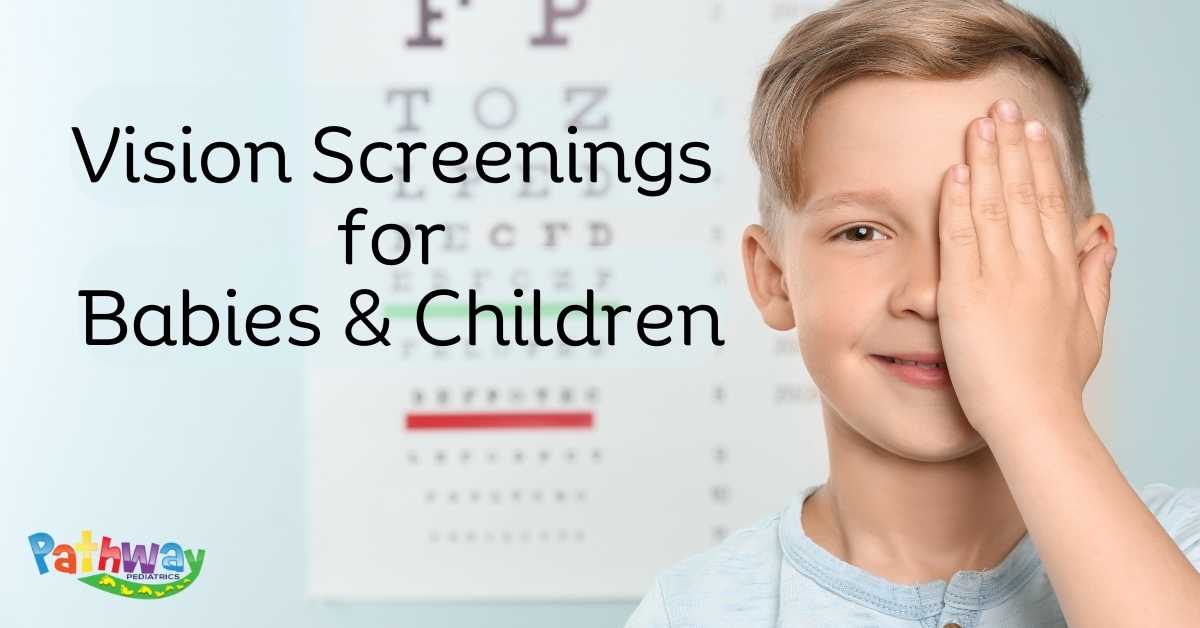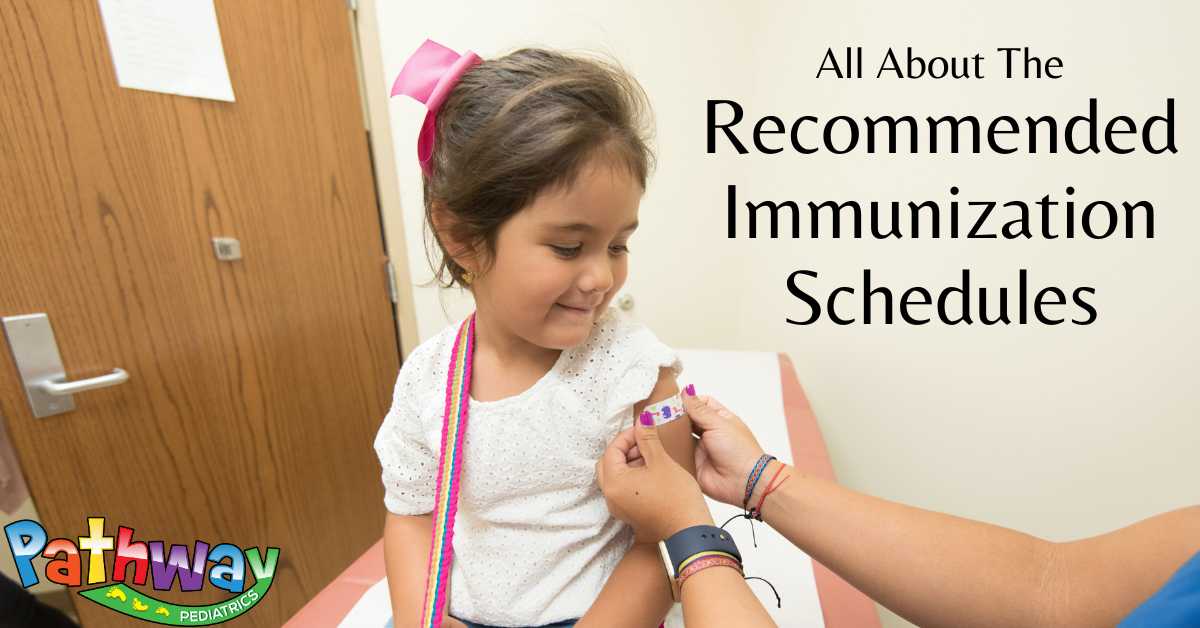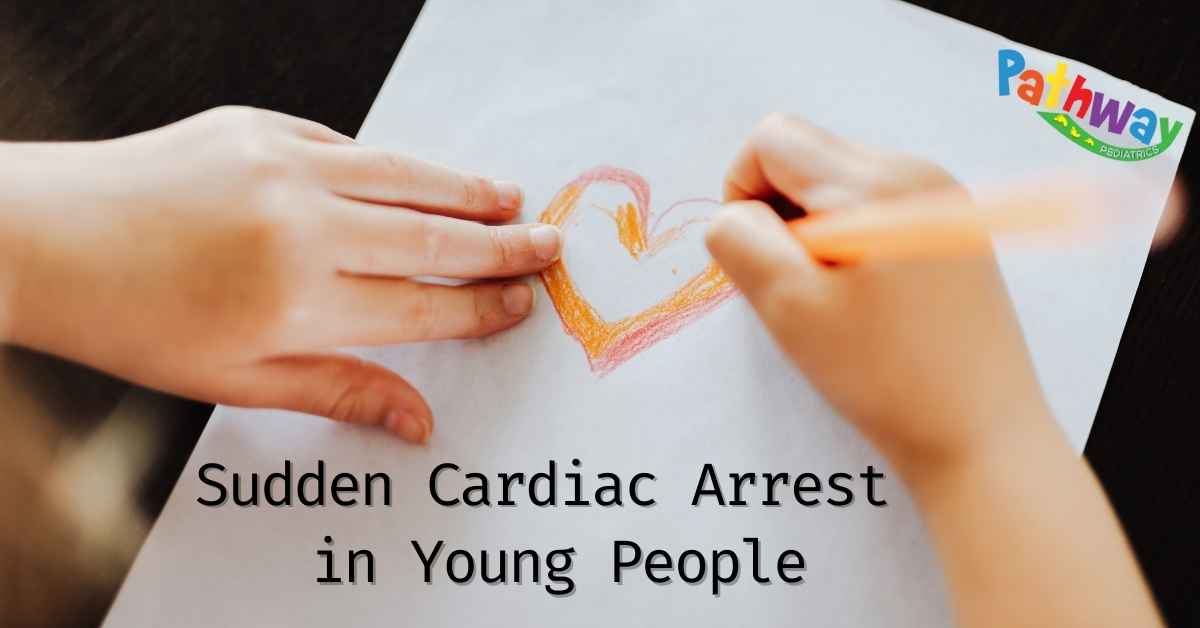
Vision Screenings for Babies & Children
A vision screening is a brief eye and vision check to help detect vision issues in children. It is an essential part of preventative eye care. Some eye problems in children first show up with squinting, blinking, red eye or other noticeable symptoms. However, other eye problems can have no symptoms and will only be […]
March 27, 2024
read more
Cerebral Palsy in Children
Children with cerebral palsy have trouble controlling their movement. The condition is the most common disability that affects a child’s motor control. Cerebral palsy usually is caused by a brain injury or abnormal brain development before birth or early in life. Genetic causes, although less common, can also play a role. Here is what families need to know about […]
October 11, 2023
read more
RSV, Flu & COVID: What is the Difference?
Your child has a stuffy nose, cough, and fever. Is it the flu? COVID? Or are they symptoms of respiratory syncytial virus (RSV)? Let’s look at four common childhood illnesses caused by viruses – COVID, flu, the common cold, and respiratory syncytial virus (RSV). All of them share some similar symptoms. Here are some clues […]
September 27, 2023
read more
Meningococcal Disease in Preteens, Teens & Young Adults
Meningococcal disease is a rare, serious illness caused by a bacteria called Neisseria meningitidis. The bacteria is spread from person to person through their saliva (spit) – typically through close contact such as coughing or kissing. The infection can become serious or even deadly in a matter of hours. That’s why it is important to […]
August 23, 2023
read more
All About the Recommended Immunization Schedules
Each year, top disease experts—including pediatricians—work together to decide which vaccines to include in the Recommended Child and Adolescent Immunization Schedule for ages 18 years or younger. The schedule is approved by the American Academy of Pediatrics, the Centers for Disease Control and Prevention and other health care organizations. It is based on review of […]
May 10, 2023
read more
Sudden Cardiac Arrest in Young People
On Monday, January 2nd, 2023, NFL fans around the country watched in horror as 24-year-old Buffalo Bills safety Damar Hamlin collapsed on the field in the middle of the game. To an outsider, Hamlin was seemingly in peak physical condition. Although we do not know Hamlin’s full health history, it is likely that he suffered […]
February 1, 2023
read more